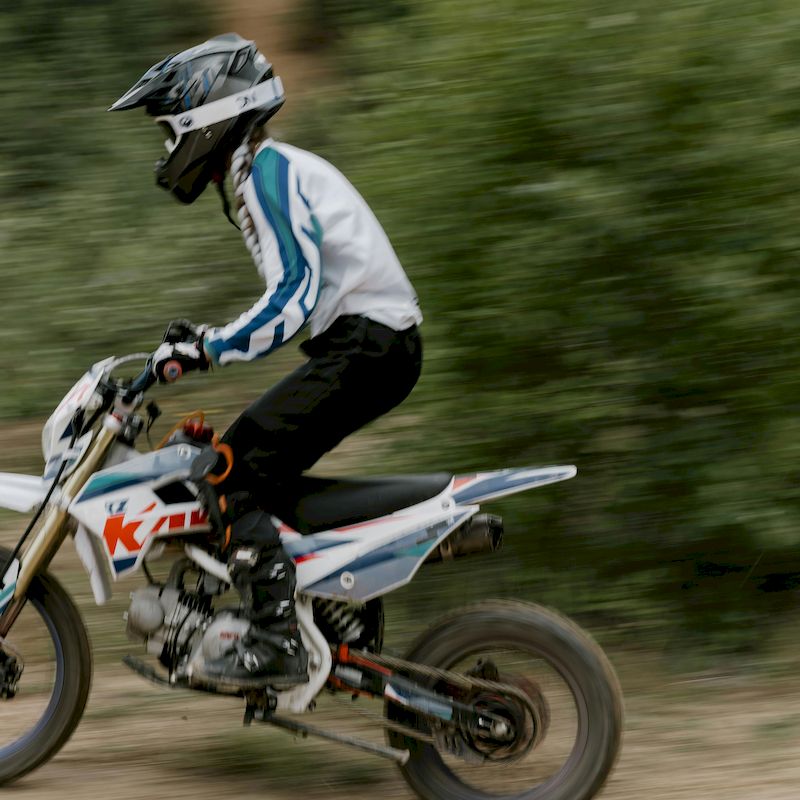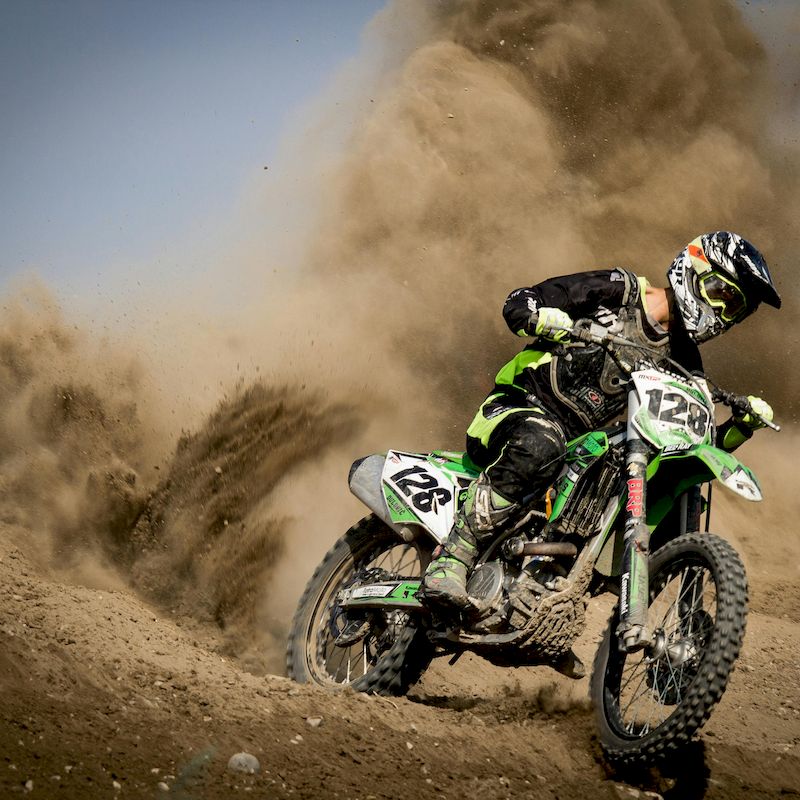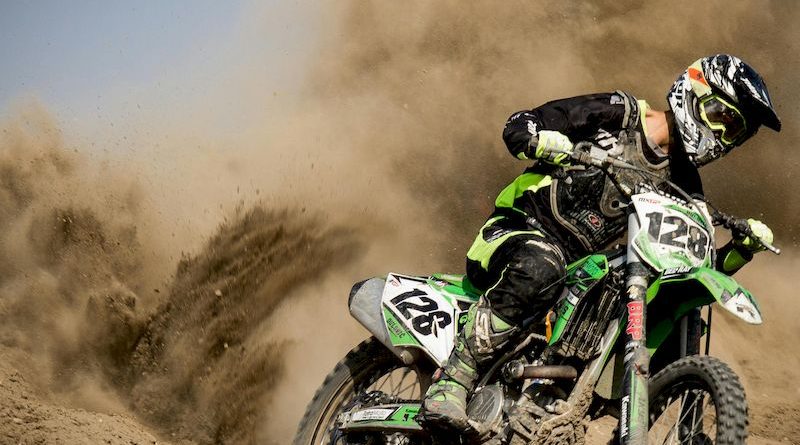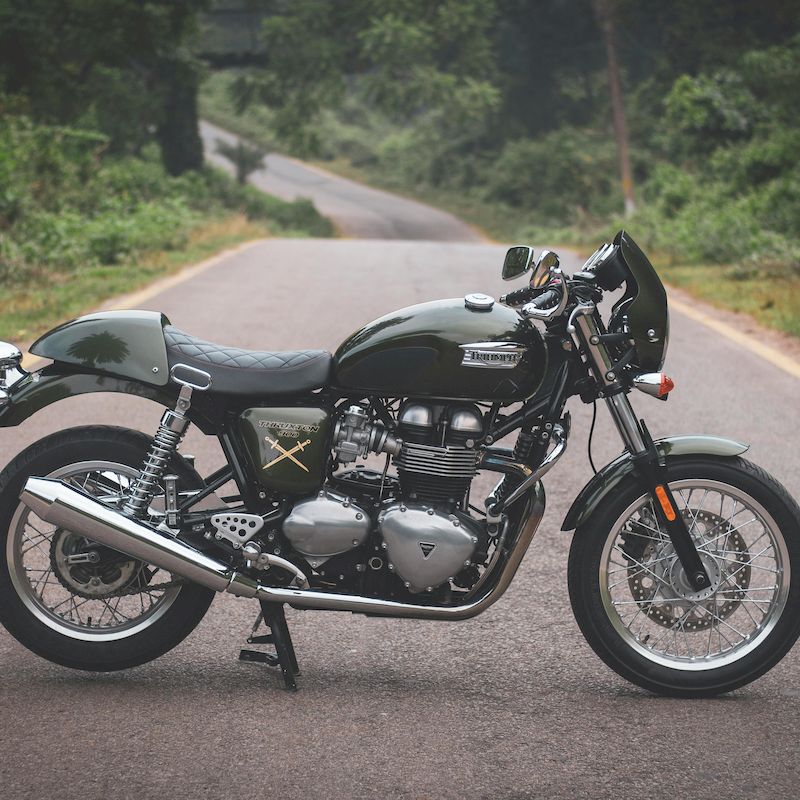How to Ride a Motorcycle for Beginners: A Comprehensive Guide
Riding a motorcycle can be an exhilarating experience, offering freedom, adventure, and a unique way to explore the world. However, for beginners, the thought of climbing onto a motorcycle can be daunting. This comprehensive guide will walk you through everything you need to know about how to ride a motorcycle for beginners, from understanding the basics of motorcycle anatomy to advanced riding techniques and safety precautions. Strap on your helmet, and let’s get started!

1. Understanding Motorcycle Anatomy
Before you jump onto a motorcycle, it’s crucial to familiarize yourself with its parts and how they function. Here are the essential components that every beginner should know:
Key Parts of a Motorcycle
- Handlebars: This is where you control the front wheel’s direction. The angle and height of the handlebars can affect riding comfort and control.
- Throttle: Located on the right handlebar, the throttle controls the engine’s power and speed. Twisting it towards you increases speed.
- Brakes: Motorcycles typically have two brakes: front and rear. The front brake is controlled by a lever on the right handle, while the rear brake is operated by your right foot.
- Clutch: The left handlebar has the clutch lever, which disengages the engine from the rear wheel, allowing you to shift gears smoothly.
- Gear Shift Lever: Located on the left side near your foot, the gear shift lever allows you to change gears as you accelerate or decelerate.
- Foot Pegs: These are where you place your feet while riding. They help you stabilize and control the motorcycle.
Importance of Knowing Your Motorcycle
Understanding the anatomy of a motorcycle not only builds confidence but also enhances safety. Knowing where each component is and how it works will help you operate the motorcycle effectively and respond properly in different situations, especially in emergencies.
2. Preparing for Your First Ride
Preparation is key when learning how to ride a motorcycle for beginners. Here’s what you need to do before you hit the road:
Choose the Right Motorcycle
As a beginner, opting for a smaller, lightweight motorcycle can make learning to ride easier. Models with lower horsepower and lighter frames give you better control. Consider motorcycles such as the Honda MSX125 or the Kawasaki Z125 Pro, which are perfect for beginners.
Wear Appropriate Gear
Safety should be your top priority. Invest in quality gear, including:
- Helmet: A DOT-certified helmet will protect your head in the event of an accident.
- Jacket: A motorcycle jacket made of leather or textile with protective armor can shield you from injuries.
- Gloves: Specific motorcycle gloves provide grip and protect your hands.
- Pants: Wearing riding pants, preferably made of abrasion-resistant material, is essential to protect your legs.
- Boots: Sturdy, ankle-high boots with good grip are ideal for managing foot controls.
Familiarize Yourself with Controls
Before you start the engine, sit on the motorcycle and feel the controls. Practice pulling the clutch, engaging the throttle, and using the brakes while the bike is stationary. Getting comfortable with these controls is crucial for your safety.

3. Learning to Ride: The Basics
Now that you’re equipped with knowledge and gear, it’s time to learn the essential techniques for riding a motorcycle.
Starting the Motorcycle
- Sit on the motorcycle comfortably.
- Turn on the ignition: Ensure the kill switch is in the ‘Run’ position.
- Pull the clutch: Squeeze the clutch lever fully.
- Shift into first gear: Use the gear shift lever with your left foot.
- Release the clutch slowly: Gradually let go of the clutch while applying a small amount of throttle.
Moving and Stopping
- Acceleration: Slowly release the clutch while gently twisting the throttle. Your motorcycle should move forward smoothly.
- Shifting Gears: As you accelerate, you’ll need to shift to higher gears. Pull in the clutch, shift up, and then gradually release the clutch while giving a little gas.
- Braking: To stop, use both brakes. Pull in the clutch and gradually apply pressure to the brakes, keeping your feet on the foot pegs until you come to a complete stop.
Turning
- Initiating a Turn: Slow down before entering a turn and then lean your body into the turn while maintaining a little throttle to stabilize the bike.
- Looking Through the Turn: Always look where you want to go. This helps you steer effectively and anticipate any obstacles ahead.
4. Advanced Riding Techniques
Once you’re comfortable with the basics of how to ride a motorcycle for beginners, consider improving your skills with some advanced techniques:
Countersteering
Countersteering is a technique used primarily at higher speeds. To turn left, you gently push the left handlebar forward while pulling the right handlebar back. This might feel counterintuitive, but it helps lean the bike into the turn.
Emergency Maneuvering
Understanding how to handle emergency situations can save your life. Key skills include:
- Avoiding obstacles: Use countersteering and quick throttle control to maneuver around unexpected objects.
- Panic braking: Always use both brakes evenly. Practice hard braking in a safe environment to understand how your motorcycle responds.
Riding in Different Conditions
Conditions such as rain, gravel, or dark roads require additional attention:
- Wet Roads: Reduce speed, increase following distance, and avoid sudden movements.
- Gravel or Loose Surfaces: Maintain a steady throttle and avoid hard braking.
5. Essential Safety Tips
Safety cannot be overstated when learning how to ride a motorcycle for beginners. Here are invaluable tips to keep you safe on the road:
Be Defensive
Always be aware of your surroundings. Anticipate what other drivers may do, and maintain a safe distance from other vehicles.
Follow Traffic Laws
Obey speed limits, signals, and lane markings. Familiarize yourself with the rules of the road specific to motorcycles.
Take a Motorcycle Safety Course
Consider enrolling in a certified motorcycle safety course. These courses provide valuable training and may qualify you for insurance discounts.
Stay Visible
Wear bright clothing and use your headlights even during the day. Always assume that other drivers might not see you.
6. Maintaining Your Motorcycle
Proper maintenance is crucial for optimal performance and safety. Here’s how to care for your motorcycle:
Routine Checks
- Tire Pressure: Check and maintain proper tire pressure.
- Fluid Levels: Regularly check oil, brake fluid, and coolant levels.
- Brakes: Inspect brake pads and discs for wear and tear.
Cleaning and Care
Keep your bike clean not only for aesthetics but also to spot potential issues early. Use appropriate cleaning materials and avoid water in sensitive areas like the engine and electronics.
Professional Maintenance
Regularly service your motorcycle according to the manufacturer’s guidelines. Professional mechanics can provide essential care that enhances the longevity and performance of your bike.
7. Building Confidence as a Beginner Rider
Gaining confidence as a new motorcyclist is crucial for your overall enjoyment and safety while riding. Here are some strategies to help you build your confidence on two wheels:
Gradual Progression
Start by riding in low-traffic areas or parking lots where you can practice without the pressure of oncoming vehicles. Master the essential skills such as starting, stopping, and turning before venturing onto busier roads.
As you become comfortable, gradually increase the complexity of your riding environment—move from parking lots to residential streets, then to rural roads, and eventually to highways. This gradual exposure will help you build confidence without overwhelming you.
Practice in Different Scenarios
Once you’ve mastered the basics, try practicing in various conditions. Experiment with different road types such as hills, curves, and even different weather situations if you’re comfortable. This helps you learn how your motorcycle behaves in different scenarios, enhancing your overall riding skills.
Take a Riding Course
Many regions offer advanced riding courses that focus on building skills and confidence. These courses often cover advanced techniques, emergency handling, and even group riding dynamics. Participating in one of these courses can also connect you with other motorcyclists and clubs, expanding your network and support system.
Riding with a Mentor
Finding an experienced motorcycle rider to accompany you can significantly boost your confidence. Having a mentor can provide guidance, tips, and encouragement, especially during your initial rides. They can also help you navigate traffic, discuss riding strategies, and offer feedback on your technique.
8. Joining the Motorcycle Community
Riding is not just about mastering the mechanics of the bike; it’s also about connecting with others who share your passion. Engaging with the motorcycle community can provide support, advice, and a sense of belonging.
Attend Group Rides
Look for local motorcycle groups that organize regular rides. Joining these rides can provide an opportunity to meet fellow riders and learn from their experiences. Plus, riding in a group can be safer and more enjoyable than going solo.
Connect Online
Various online forums and social media groups allow you to connect with riders worldwide. Participating in these platforms can enable you to ask questions, learn new tips, or simply share your riding experiences. Popular platforms include Reddit’s motorcycle subreddits or dedicated motorcycle forums.
Participate in Events
Motorcycle shows, races, and conventions are also excellent opportunities to learn and grow as a rider. You can attend workshops, view demonstrations, and meet manufacturers to better understand equipment and gear options.
Conclusion
Learning how to ride a motorcycle for beginners is an exciting journey that requires patience, practice, and an emphasis on safety. By following the tips and techniques outlined in this guide, you’ll be well on your way to enjoying the thrill of motorcycle riding.

